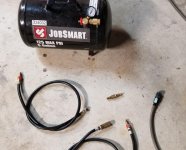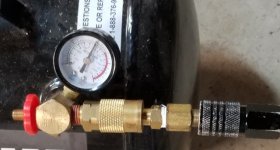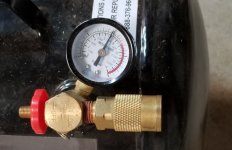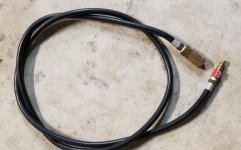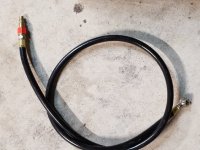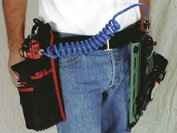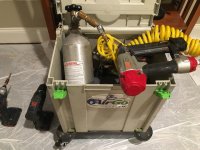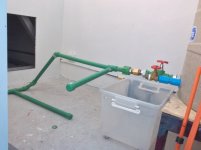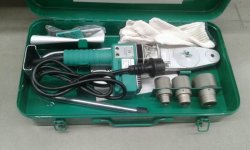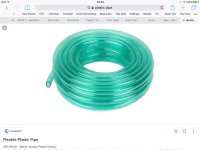DynaGlide
Member
- Joined
- May 16, 2017
- Messages
- 1,697
In my new to me house my workshop is in the basement but my mechanic tools are up in the garage. During assembly I'd like to use a pinner sometimes but I don't want an air compressor in my shop. I've been doing some brief looking around and it seems for the 23ga pinners there isn't really a good cordless option, unless the reviews are fake. I got excited when I stumbled on a video of Cadex introducing a 23ga cordless but searches here reveal them to be more of a vaporware company. Go to their site and it's all wonky, they list a systainer compressor and if you click on it, it takes you to systainer inserts, no compressor.
21ga is still kind of new so I don't see much there.
Grex has an 18ga cordless which I'm sure is nice but it sure is expensive and I'm not sure if I'd want 18ga for what I'd use it for.
I'm guessing there's an inherent design hurdle to making a reliable 23ga cordless pinner as I haven't come across one yet that doesn't get bad reviews.
Does anyone have any other options or experience to share?
21ga is still kind of new so I don't see much there.
Grex has an 18ga cordless which I'm sure is nice but it sure is expensive and I'm not sure if I'd want 18ga for what I'd use it for.
I'm guessing there's an inherent design hurdle to making a reliable 23ga cordless pinner as I haven't come across one yet that doesn't get bad reviews.
Does anyone have any other options or experience to share?

